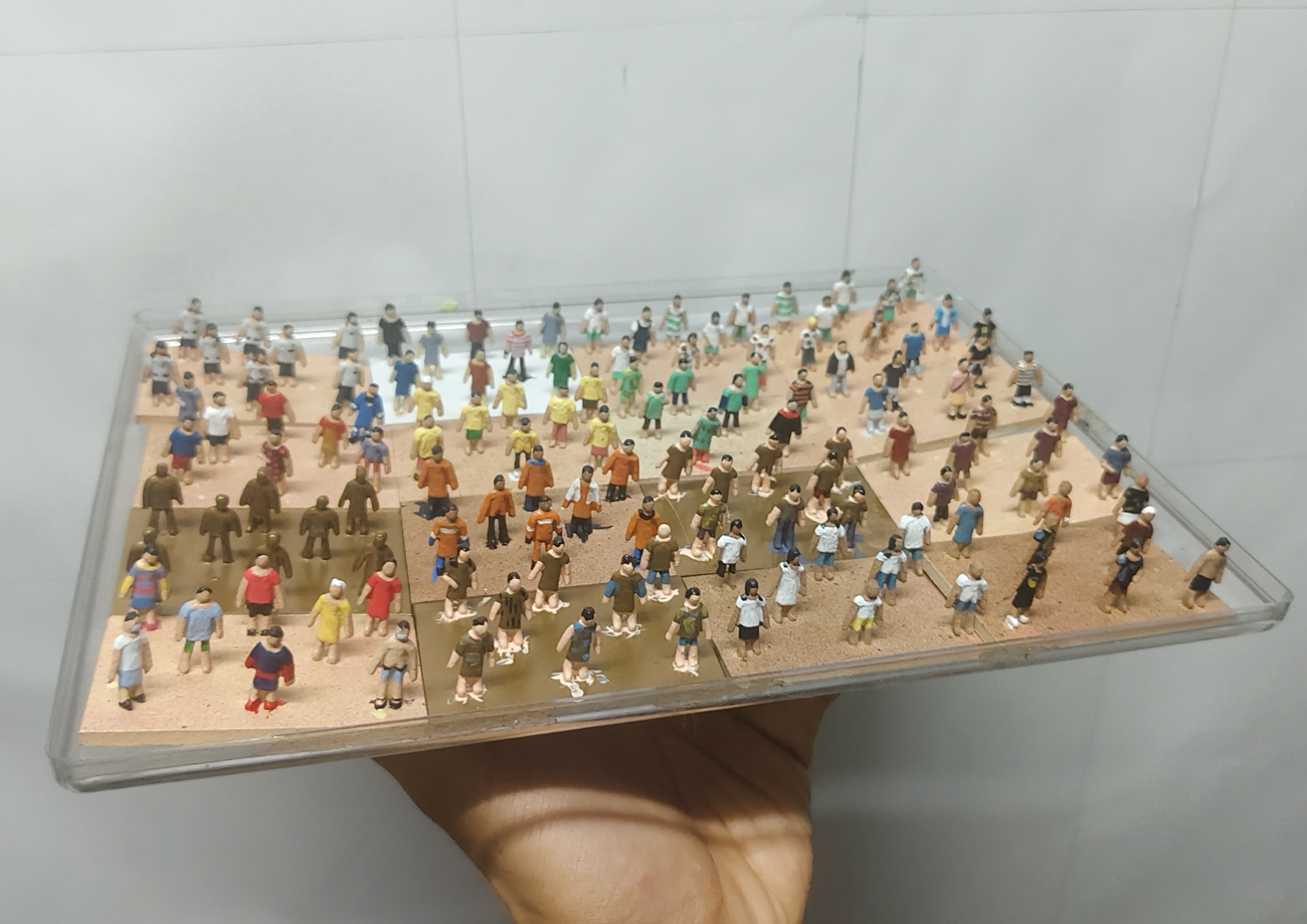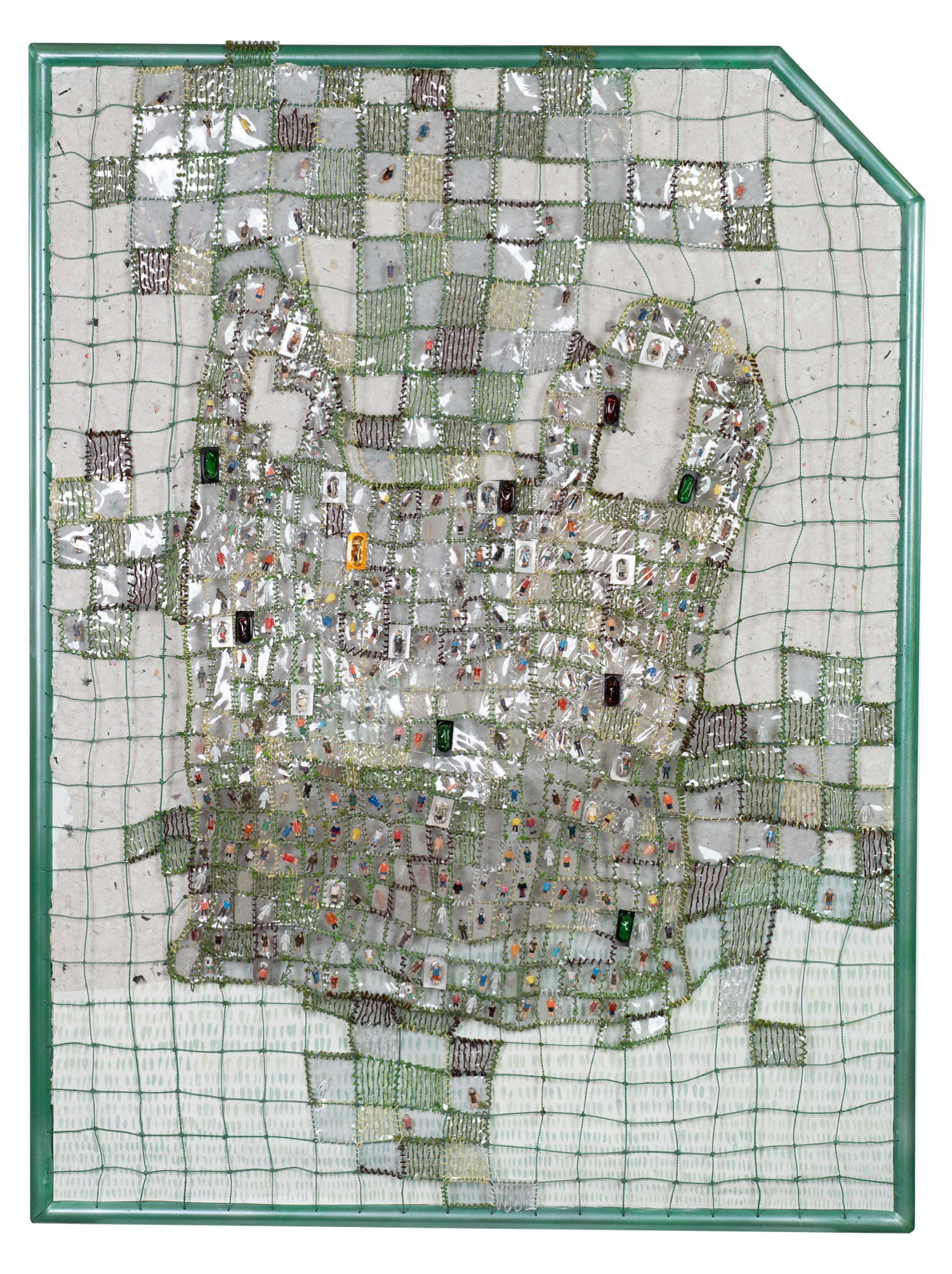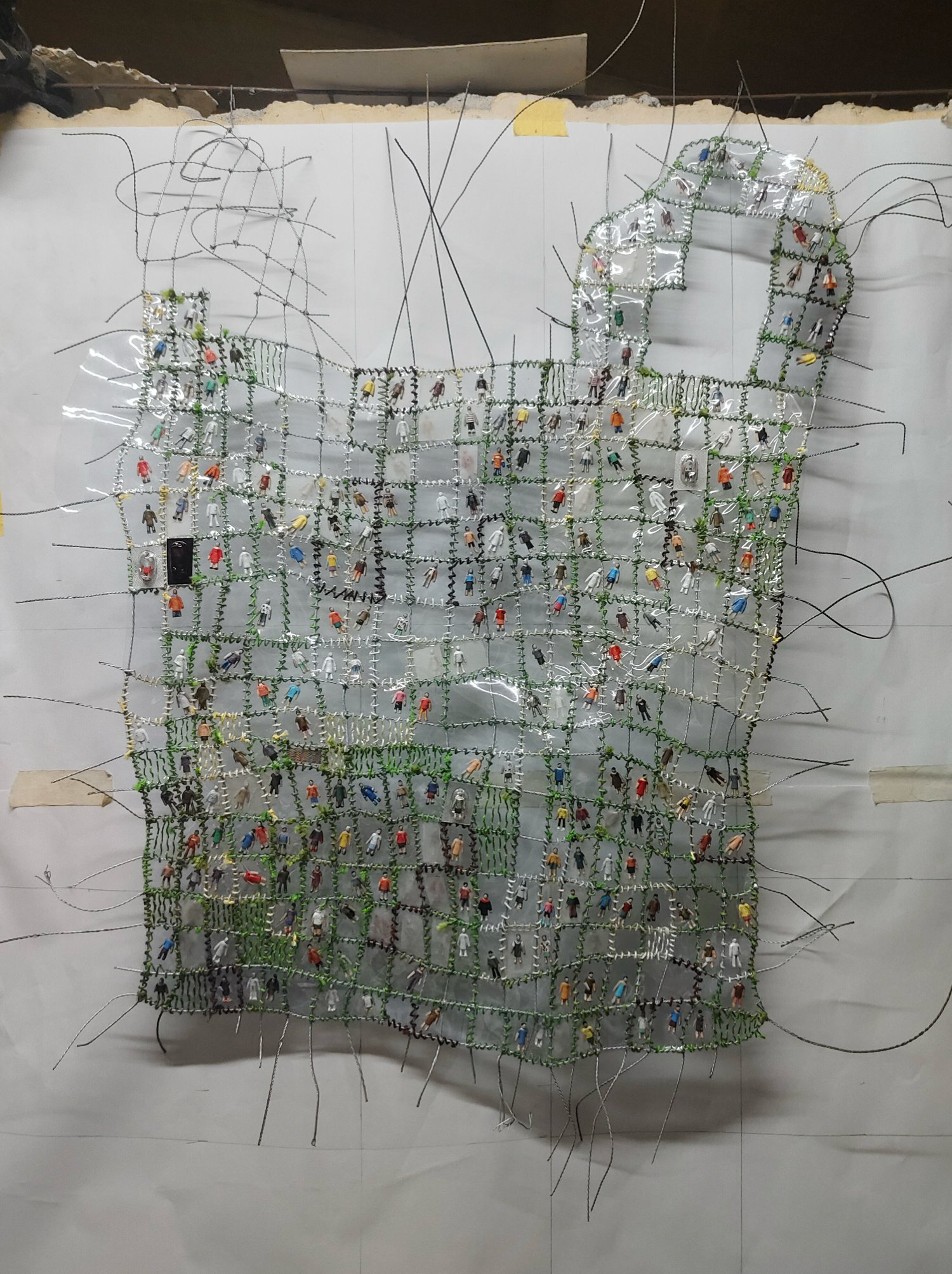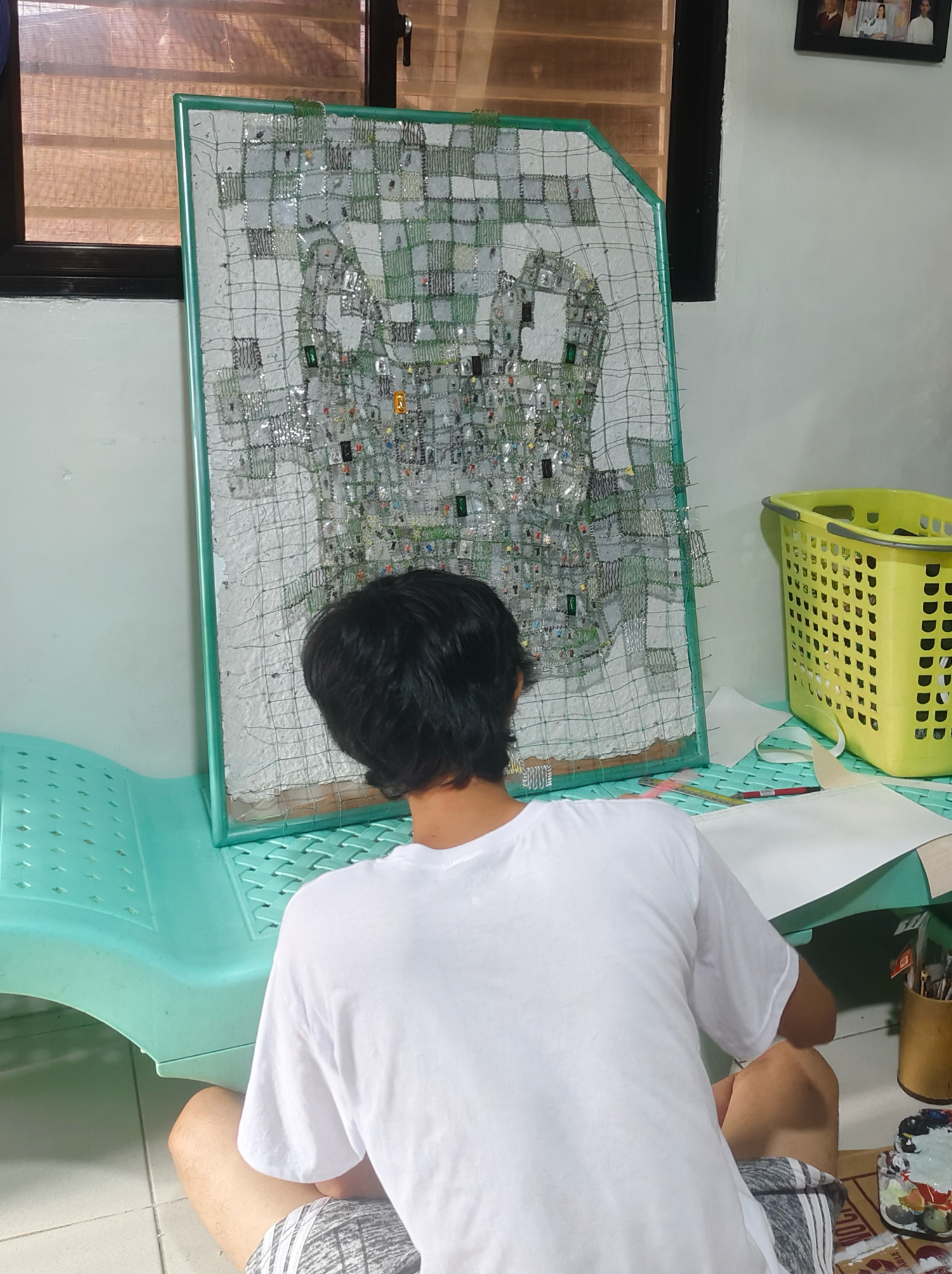Interview The Kanto team
Images MADE 2025 and Jao Pelaez
“We believe that the growth of Filipino artists contributes to building a more vibrant and cohesive nation. Through MADE, we are committed to cultivating boundless spaces for expression, innovation, and lifelong learning so that our artists can continue to shape not just the country’s cultural legacy but also inspire new ways of thinking,” opens Metrobank Foundation president Phillip Dy.
Building on this vision, the Metrobank Art & Design Excellence (MADE) 2025 Awards celebrate a new generation of Filipino artists who dare to explore, innovate, and redefine the boundaries of contemporary art. With the theme “Boundless Art,” this edition not only honors exceptional talent but also reintroduces the Mixed Media category—a nod to the pioneering spirit of the 1984 to 1987 editions.
Led by Toym Leon Imao, a multi-awarded artist and former MADE awardee, the distinguished jury reunited fellow former MADE awardees and contemporary art masters Leeroy New and Raffy Napay. The panel also included contemporary art market luminaries Frederick Flores and Geraldine Araneta, sculptor Reginald Yuson, and renowned curator Tessa Maria Guazon.
The winning pieces will be showcased in the exhibition titled Vast Horizons, the 41st edition of MADE’s tribute to the limitless potential of art. Running from September 19 to October 18 at The M’s North and South Galleries in Bonifacio Global City, Taguig, the exhibit invites the public to see the program’s forward-looking evolution in the local art landscape.
Kanto conducted a series of interviews with this year’s seven awardees, inviting them to reflect on their creative journeys, personal philosophies, and the stories behind their winning works. MADE 2025 Mixed Media Grand Awardee Jao Pelaez reveals the thought process behind “Tulad ng Isang Halaman na Minsan Nanirahan” (Like a Plant That Once Lived) and tells us what he hopes for his art to make people feel.


Hi, Jao! You used everyday objects for your work: vitamin containers, wire, fabric, turning them into vessels for meaning. What led you to choose these materials to express persistence and renewal?
Jao Pelaez: In the process of creating my piece, I used materials that would help convey the story I wanted to tell. I chose these materials because I saw and felt a direct connection between them and the concept I envisioned. A crucial part of selecting which materials to use was understanding their characteristics and how they behave.
One important detail in the piece is the thread, which represents a creeping plant—symbolizing that to continue is to resist. I chose to use thread because the process of stitching closely resembles the movement of a creeping plant.
Plants thriving in harsh conditions became your metaphor. How did you translate that observation of nature into the language of human experience without forcing the parallel?
I wanted to show how two stories come together on a single canvas—one revolving around the life of a plant, and the other around the life of a human. Even though we may not share the same form as plants, we form connections with the things around us through observation. And through that, we gather lessons that we can apply to our own lives.
The figures in your piece are placed within a confined space. How does that artistic decision reflect the realities you wanted to confront?
The limited space reflects the condition of people in tight and difficult situations—those who seem trapped in the problems they face. But even in such circumstances, I wanted to show that people come together, help one another, and slowly move forward. At the heart of this piece is my belief that people are the cure—we are the answer to the problems we face.
One can say that MADE is a celebration of resilience in many artistic languages. How did presenting your work in this environment affect the way you thought about its central metaphor of persistence?
The creation of my mixed media work for MADE was inspired by observations of my surroundings. Through the process of developing the concept, I became more aware of the value of the lives around me—witnessing how living beings strive and fight to survive.
In creating the artwork, I wanted to show that the act of pursuing and expressing a message is itself a form of resistance. And through MADE, I realized that perseverance is not just an individual experience, but a collective sharing of human stories.


Winning the Grand Award brings your message to a wider audience. What impact do you hope the recognition will have on how people or fellow artists regard growth in difficult conditions?
I hope my artwork serves as a reminder that even if we find ourselves lost again and again in unfamiliar places, we must not lose hope. We must believe in ourselves—that as long as we keep fighting, we are not stuck here forever. •





